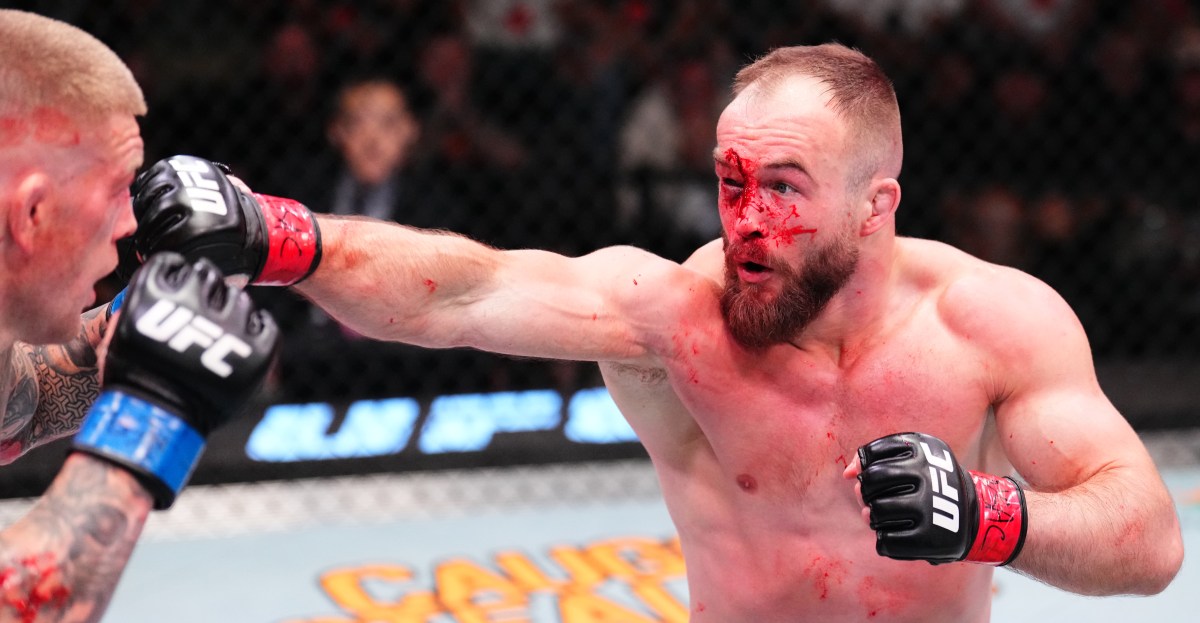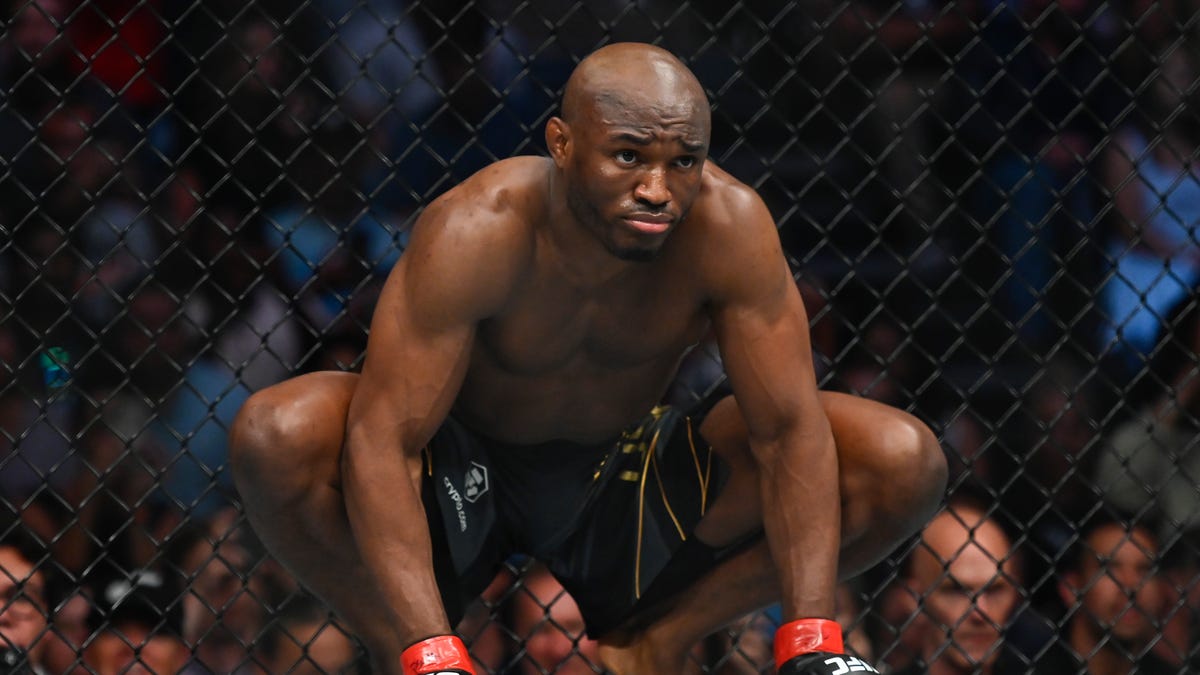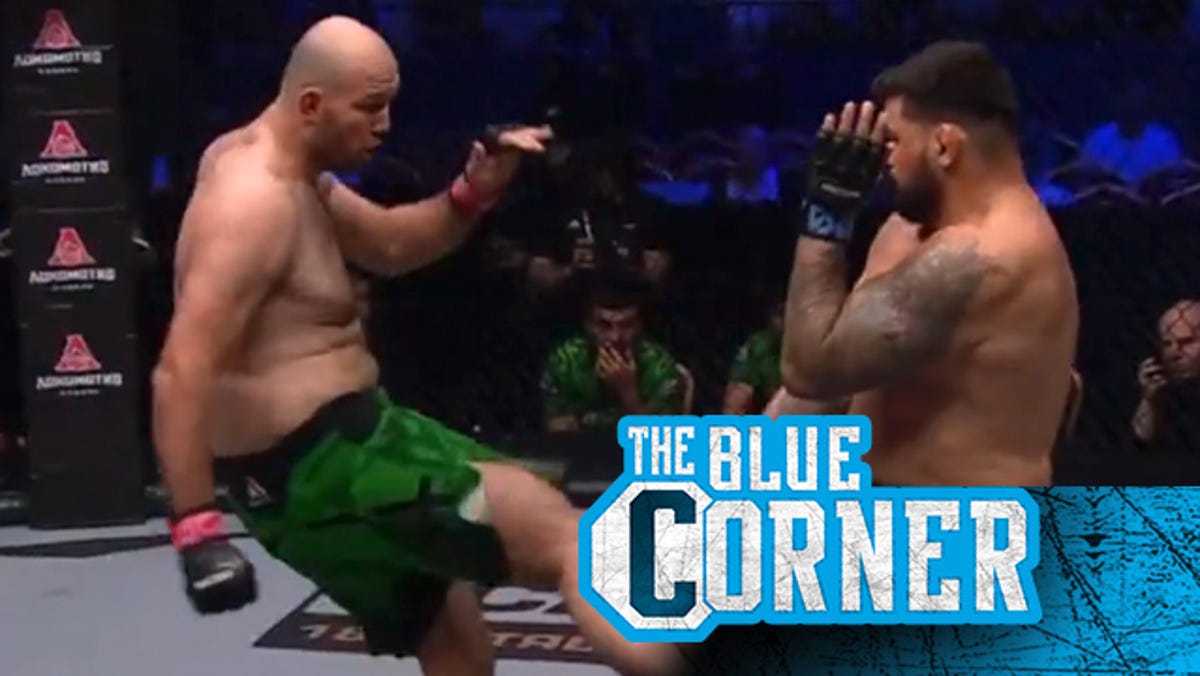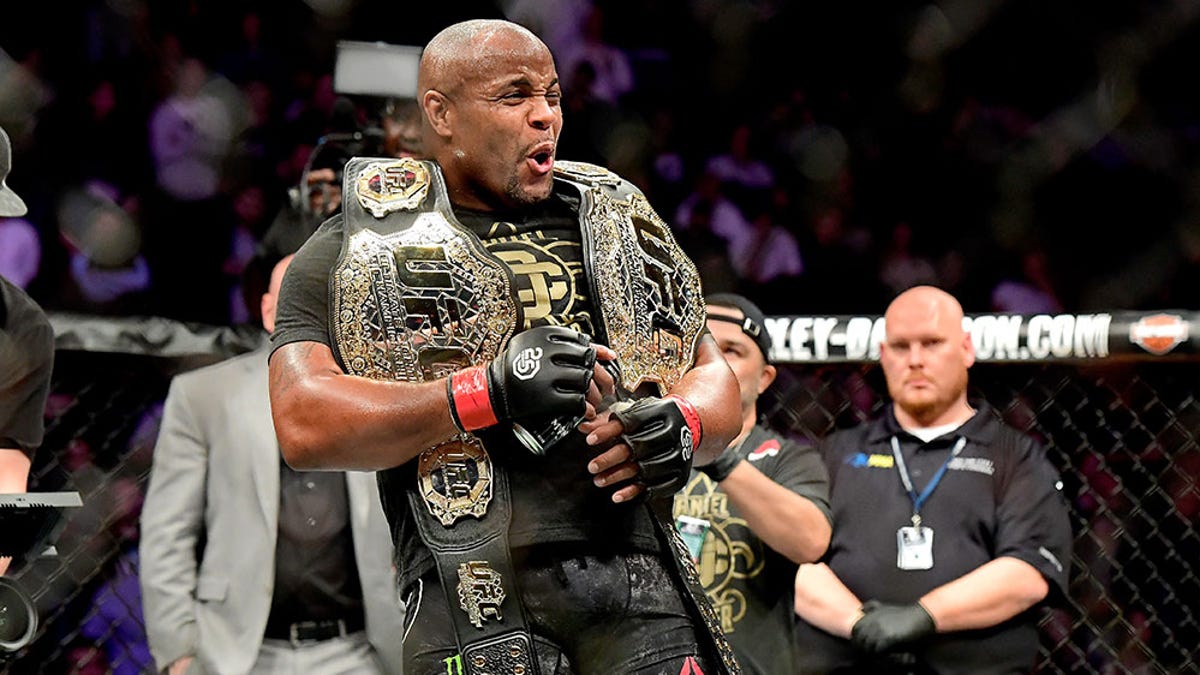When John Hyams saw the first trailers for “The Smashing Machine,” the forthcoming A24 biopic of MMA pioneer Mark Kerr starring Dwayne Johnson, he had the same initial reaction that many observers did.
That reaction went something like: Wait, haven’t I seen this before?
Advertisement
Hyams certainly had. He directed the 2002 documentary on Kerr, also called “The Smashing Machine.” He spent a couple years with Kerr following the fighter’s rise and fall in Japan’s famous PRIDE FC organization. What started as a passion project back by only $10,000 of cash collected from “investors” at a local bar eventually became arguably the most influential film ever made about MMA.
All that, in addition to the close bonds Hyams and his crew formed with Kerr during the filming and editing process, made the movie very personal for him. So when he saw that this new dramatized version seemed to have recreated specific moments from the documentary, including specific details and exchanges of dialogue, he was struck by a sense of pride but also surprise.
“There seem to be a lot of moments that are really kind of faithful, meticulous recreations — even of innocuous things, like them making smoothies and running up the steps in Newport Beach,” Hyams said. “Even the fight footage in many ways, there’s shots, like locker room shots, that clearly they were recreating. And in my mind, that’s kind of an interesting and a cool thing, because a lot of times you see these biopics that instantly take a lot of liberties with the truth. Maybe their aim is to really do something accurate and do it the way it happened.”
Hyams knows better than almost anybody how things actually happened in that period of Kerr’s life. His original plan had been to film Kerr’s fights in the 2000 PRIDE Grand Prix and then document his recovery and training process back home in Arizona between bouts.
Advertisement
That changed when Kerr began to slowly reveal to Hyams and the crew the full extent of his addiction to opioid painkillers. Kerr’s struggle to kick that addiction then became a focal point of the film, all as he tried to stay relevant in the MMA ranks while longtime friend and training partner Mark Coleman was experiencing a career comeback that threatened to overshadow Kerr’s accomplishments.
Hyams had promised Kerr that he’d have final approval on the documentary, but that he’d only get to see it once it was finished. Kerr became increasingly worried about how he’d be depicted in that final product, Hyams said, but when the team screened it for him in a rented theater in New York one night, Kerr loved and appreciated it.
Advertisement
“It was honest, he felt, and that was all we really wanted, was for it to be that,” Hyams told me in a 2021 interview.
The documentary premiered at the Tribeca Film Festival in 2003, before later moving to HBO. It earned strong reviews, even at a time when much of the world saw MMA as a ruthless bloodsport with little redeeming value. Kurt Otto, who would later co-found the short-lived IFL fight promotion, would often say that he was moved to offer fighters health insurance and training stipends after seeing the brutal realities of professional MMA in Hyams’ documentary.
But as years passed and rights deals for the film expired, it fell into a sort of streaming age obscurity. Even now, you can’t find the original documentary on any of the usual streaming sites. If you want a DVD copy on Amazon, you’d better be willing to fork over at least $160.
“The rights on it ran out at a certain point,” Hyams said. “It was on HBO, and then at one point it was on Spike TV, and then it had a DVD life, which 15 years ago was still a thing. And then once the streaming explosion happened 10 or so years ago, I think we were always waiting for what might be the right moment to put it back out there in the world.”
Advertisement
When Hyams first heard that Johnson was interested in starring in a biopic about Kerr, he was immediately ready to help in any way he could, even if all that was asked of him was to say yes and give his blessing.
He’s listed as a “consulting producer” on the 2025 film, but Hyams described that as an “obligatory, ceremonial thing.” He was not involved in making the new movie, which is set to open in theaters early next month. He has not yet seen the film, and said he received no money for it.
The first indicator he’d heard that there was any interest in a movie about Kerr’s life was when a representative for Johnson reached out with questions about the rights to Kerr’s story.
“I just knew that, no matter what, I was not going to be someone who stood in their way. I felt like, hey, if this is something Mark could benefit from, I’m happy for it to happen,” Hyams said. “And then, once A24 and [writer and director] Benny Safdie were involved, I felt like, ‘Oh, maybe they’re actually going to try to make a good movie out of this.’ And that made me even happier to facilitate it for them.”
Advertisement
Hyams said he had no idea how the dramatized version might go about telling Kerr’s story, or how much it would choose to focus on those same aspects of Kerr’s life that were captured in his documentary. But when he saw the trailer, he realized that it contained several scenes that appeared to be almost shot-for-shot recreations of specific moments from his film.
Mark Kerr (right) fought in an early version of the UFC before making the jump to PRIDE FC in Japan.
(Zuffa LLC via Getty Images)
That, Hyams admitted, was a strange feeling at first. Imagine seeing a movie you made nearly 25 years ago recreated this way, with one of the biggest stars in the world — a man who was a WWE superstar known only as The Rock back when the original documentary came out — clearly using your work as source material for something new.
“There’s something surreal about it, to be honest,” Hyams said. “When I saw that trailer and saw those images, there’s really only four people in the world who really know every single shot at every moment from that movie so intimately, and that’s the people who were on that movie crew. It was just myself, the producer Jon Greenhalgh, Steve Schlueter, who was our producer-cinematographer, and Neil Fazzari, who was our producer [and] sound guy.
Advertisement
“It was just the four of us who made it. There were other people eventually involved on the producer levels and things as time passed, but I think we’re the only ones who really lived it that way. When the trailers came out, we were all on the phone with each other saying, ‘Wow, did you see that?’ It’s an interesting, strange feeling, but a good one. I think it’s nice to be a part of something that could matter in any way this many years later.”
Another strange yet powerful feeling came when Hyams saw footage from the Venice Film Festival earlier this month, where Johnson could be seen tearing up at the lengthy standing ovation this new version of “The Smashing Machine” received.
If you look closely, Hyams pointed out, you’ll see that standing next to Johnson in those widely circulated images is a large, bald man wearing a little bow tie. That’s Kerr, the man whose willingness to open his life to the filmmakers created this opportunity. If he hadn’t done that, and if Hyams and his crew hadn’t captured it all and turned it into such a compelling movie, then neither Kerr nor Johnson would be standing there in Venice, soaking up the applause.
To know that, while also being on the outside of it, is a conflicted feeling, Hyams admitted. Mostly, he’s happy to see Kerr get this attention for his willingness to tell his difficult story. But he also wouldn’t mind if the success of this new movie resulted in some people discovering the original documentary for the first time.
Advertisement
“I certainly have my opinions about the film that we made, and it means a lot to me,” Hyams said. “But I also know that that film is 20 years old, and most people, even most of the people who are reviewing this movie now, really don’t know anything about that documentary. So my hope is that someday, maybe in the near future, that our documentary will see the light of day again. Then people can compare it in their own way.”











